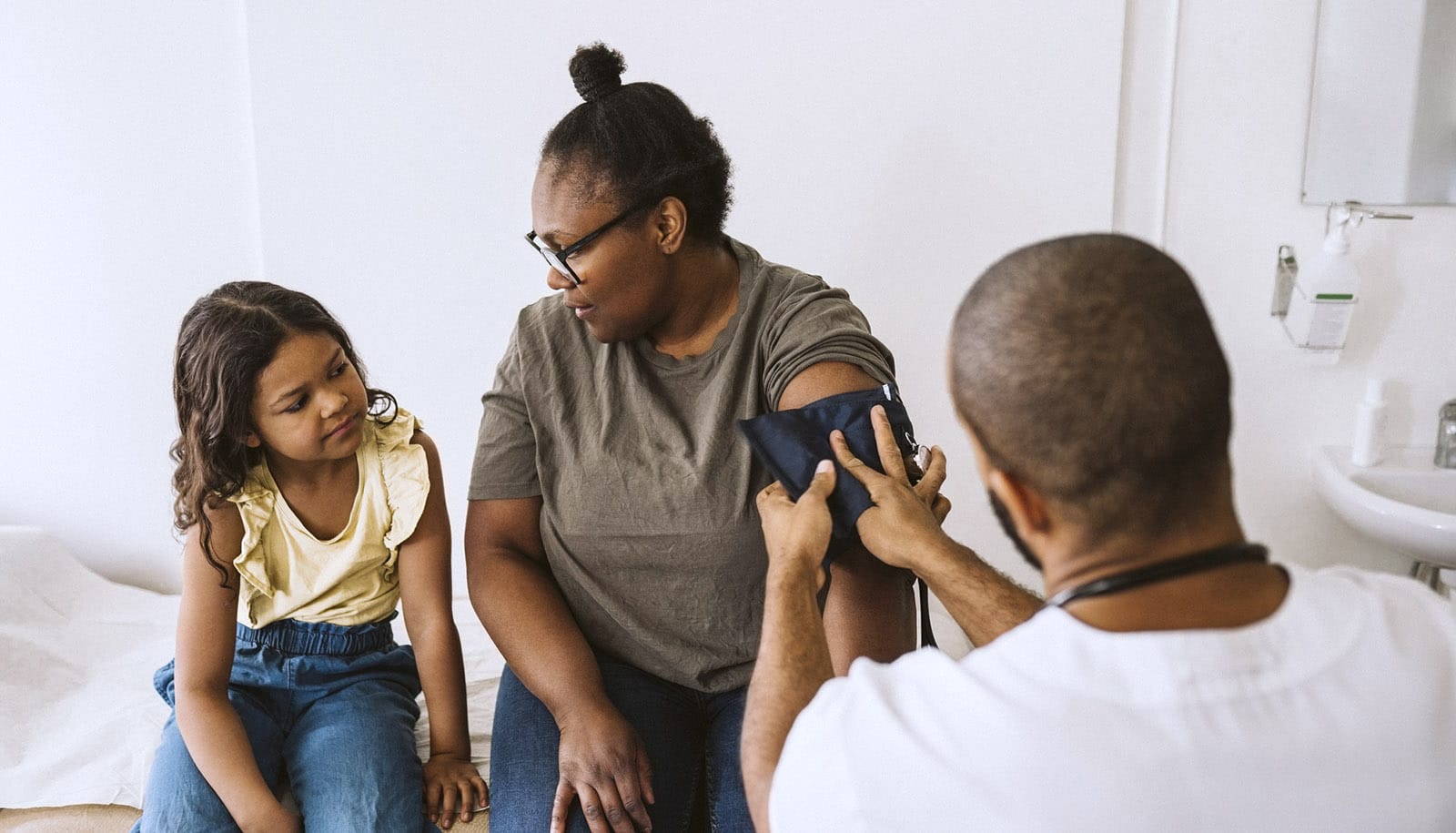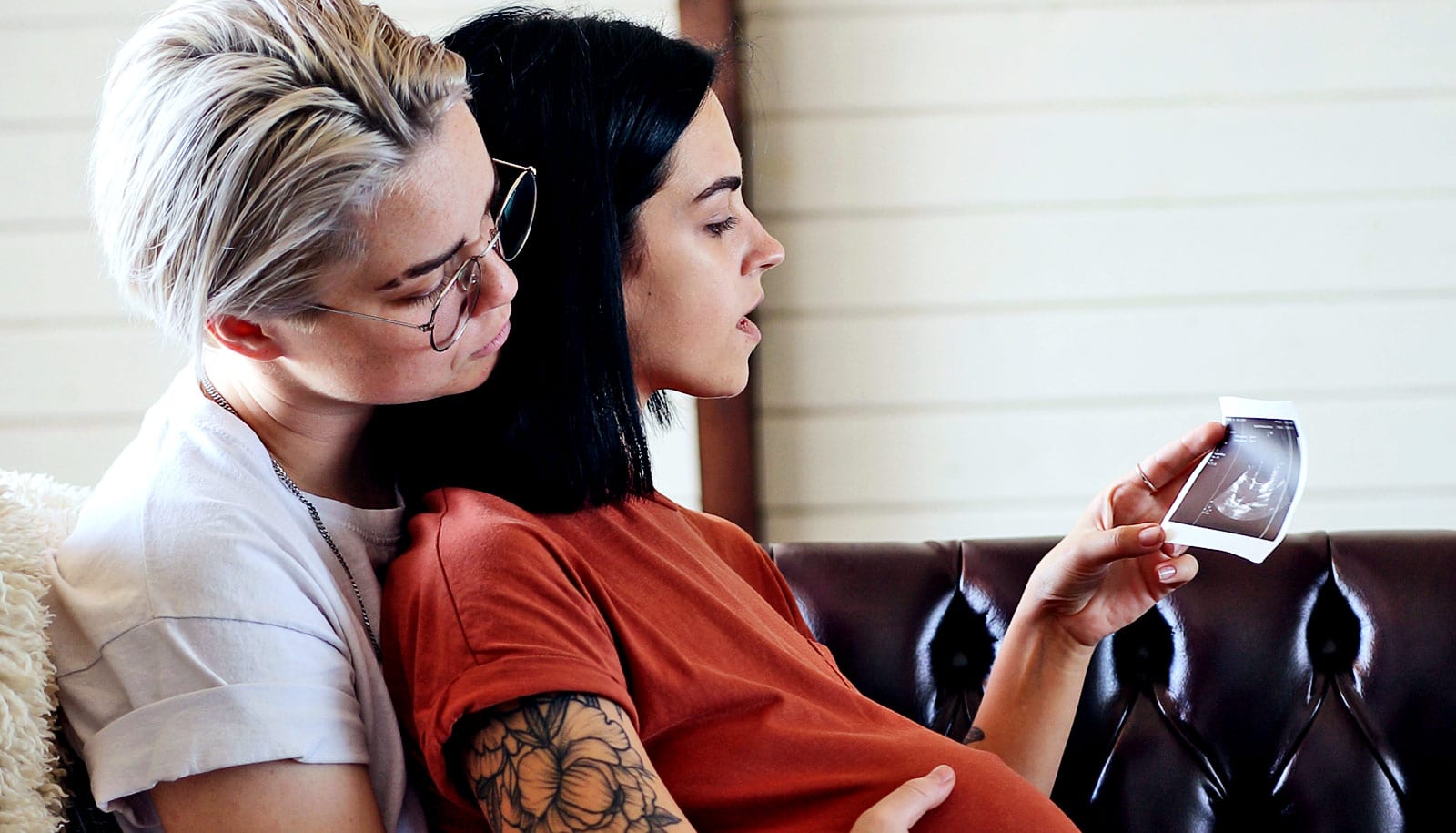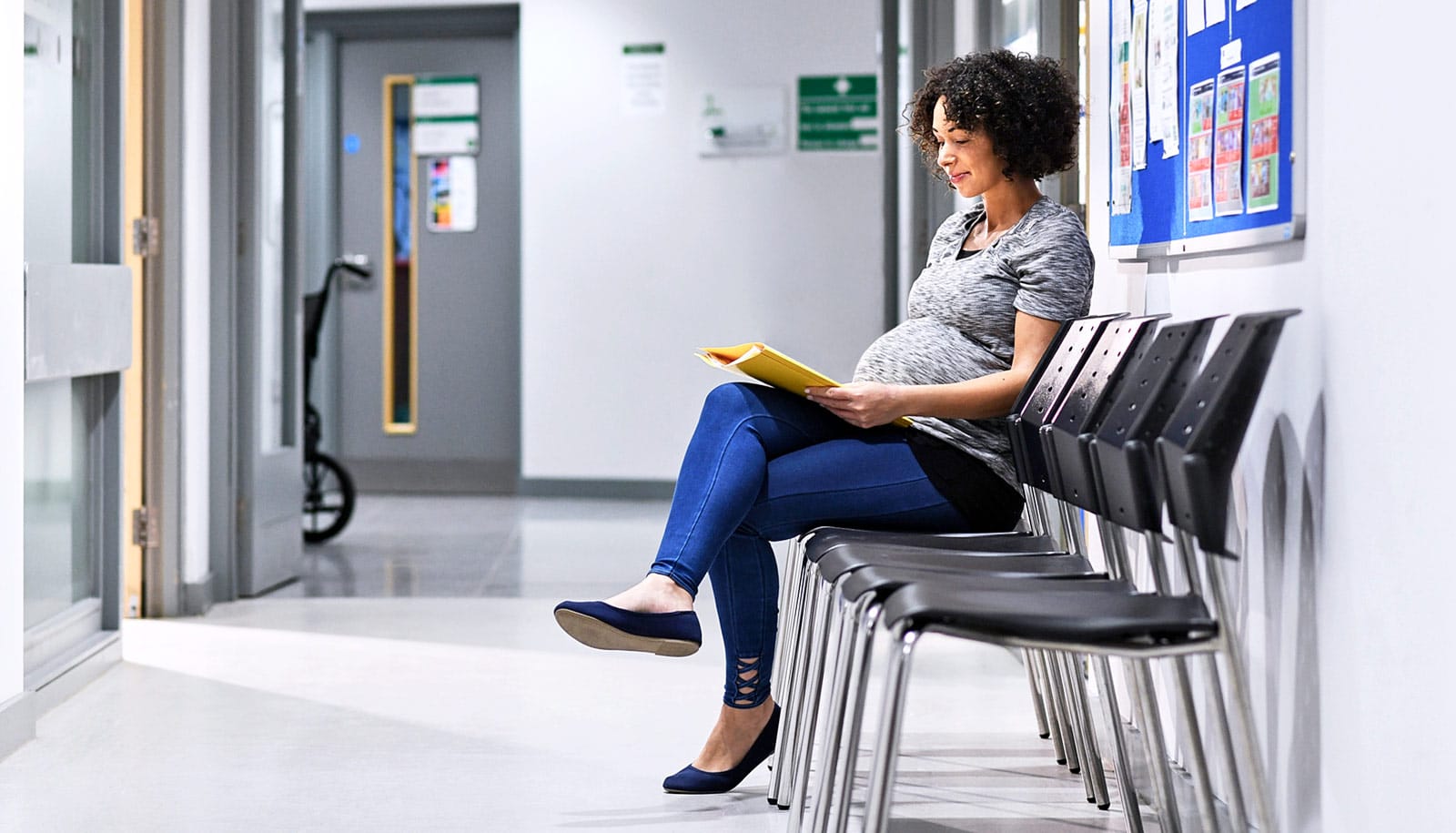One in 10 women who did not have hypertension before or during pregnancy may develop it up to a year after they give birth, according to a new study.
People with no history of high blood pressure can develop hypertension for the first time in the weeks and months after childbirth, but until now, there has been very little data on first-time hypertension that develops more than six weeks after delivery.
The study, published in the journal Hypertension, also found that nearly a quarter of these cases of high blood pressure developed six weeks or more after childbirth. Mothers at highest risk are over 35 years old, current or former smokers, or patients who delivered their baby via cesarean section.
Postpartum hypertension can lead to complications such as stroke, cardiovascular disease, and kidney failure later in life, but until now, most research has underestimated the burden of new-onset postpartum hypertension.
Previous studies focused primarily on blood pressure measurements taken during delivery or hospital readmissions. Furthermore, standard postpartum care consists of just one clinical visit within four to six weeks of delivery—so new cases of hypertension in the late postpartum period (six weeks to a year after childbirth) may go undiagnosed.
The new study, which included racially and ethnically diverse participants, shows that patients with all three of the above risk factors have a 29% risk of developing new postpartum hypertension, and that this risk increased to 36% among non-Hispanic Black patients.
This insight may provide a better understanding of the persistent racial disparities in US maternal morbidity and mortality, and the extent to which hypertension may contribute to these disparities. The findings also underscore the need for strategies to identify and manage postpartum high blood pressure among high-risk patients before they are discharged from the hospital after delivery.
“The study findings have implications for postpartum care, particularly among patients without a history of hypertension,” says study lead author Samantha Parker, assistant professor of epidemiology at Boston University School of Public Health (BUSPH).
“We were surprised at the number of cases captured more than six weeks after delivery, a period that falls well outside of routine postpartum follow-up,” Parker says. “Monitoring during this period could mitigate severe postpartum and long-term cardiovascular complications.”
Other studies suggest that new-onset hypertension after childbirth may be up to 2.5 times more common among non-Hispanic Black women compared to white women, she adds. “Understanding this relationship between pregnancy and hypertension is particularly important in addressing inequities in maternal cardiovascular disease and death for people of color.”
For the study, Parker and colleagues used medical records to examine demographic characteristics and prenatal, delivery, and postpartum data among 3,925 pregnant people who gave birth between 2016 and 2018 at Boston Medical Center.
The researchers analyzed patients’ blood pressure measurements from the prenatal period through 12 months after delivery, taken at the hospital during office visits, urgent and emergency care, and readmissions.
The team defined new-onset postpartum hypertension as at least two separate blood pressure readings, beginning 48 hours after delivery, in which the systolic blood pressure was at least 140 mmHg and the diastolic blood pressure was at least 90 mmHg. Severe blood pressure included systolic readings that were at least 160 mmHg and diastolic readings that were at least 110 mmHg.
Although the majority of patients were diagnosed with postpartum hypertension before they were discharged from the hospital following delivery, 43% of patients received first-time hypertension diagnoses after their delivery hospitalization—and about half of these new cases occurred more than six weeks postpartum, emphasizing the need for blood pressure monitoring throughout the entire postpartum period.
“Future research should explore opportunities to reduce the risk of hypertension in the postpartum period and investigate the implications of postpartum hypertension on future cardiovascular health.”
Christina Yarrington, assistant professor of obstetrics and gynecology at Chobanian & Avedisian School of Medicine is the study’s senior author. Ayodele Ajayi, a research assistant at BUSPH at the time of the study, is a coauthor.
Source: Boston University



